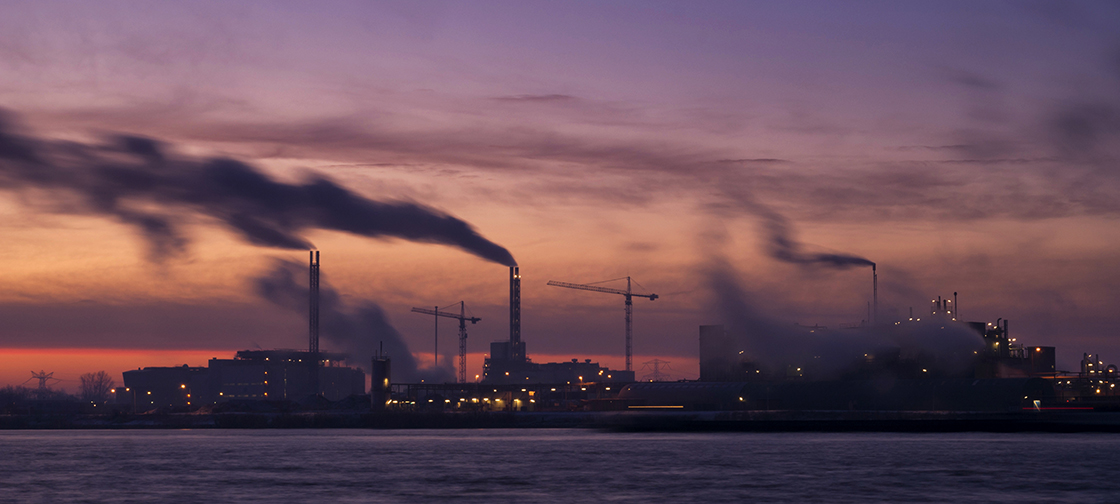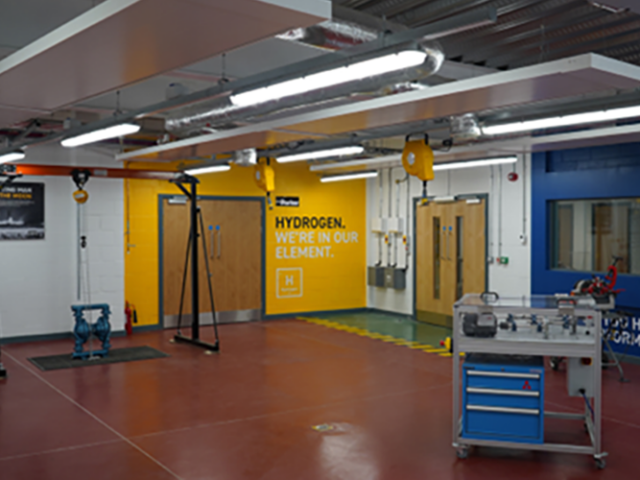Hydrogen as an energy carrier can help us move away from fossil fuels, but only if it is created efficiently. One way to improve efficiency is to use waste heat that’s left over from other industrial processes.
In June, the International Energy Agency confirmed what most experts already know: that the world should work harder to boost the use of pure hydrogen as an emissions-free energy source.
One of the challenges of creating hydrogen, however, is that it takes energy—lots of energy. The IEA says that producing all of today’s hydrogen just using electricity would require 3600 TWh, which is more than is generated annually by the European Union.
But what if you could use an existing source of wasted energy to help with hydrogen production? A new approach developed by researchers at the Norwegian University of Science and Technology does exactly this — by using waste heat from other industrial processes.
“We’ve found a way of using heat that otherwise isn’t worth much,” said Kjersti Wergeland Krakhella, the first author of an article about the process published in the academic journal MDPI Energies. “It’s low-grade, low-temperature heat — but it can be used to make hydrogen.”
One-seventh of Norway’s electricity production
Waste heat is exactly what it sounds like — heat produced as a byproduct of an industrial process. Anything from an industrial boiler to a waste-to-energy plant produces waste heat.
More times than not, this excess heat has to be released to the environment. Energy experts say that the waste heat from Norway’s businesses and industries is the equivalent of 20 TWh of energy.
To put this in perspective, Norway’s entire hydropower system produces 140 TWh of electricity a year. That means there’s a lot of waste heat out there that could potentially be put to work.
Read more.
Source: “Turning waste heat into hydrogen fuel”, Nancy Bazilchuk, Norwegian SciTech News




